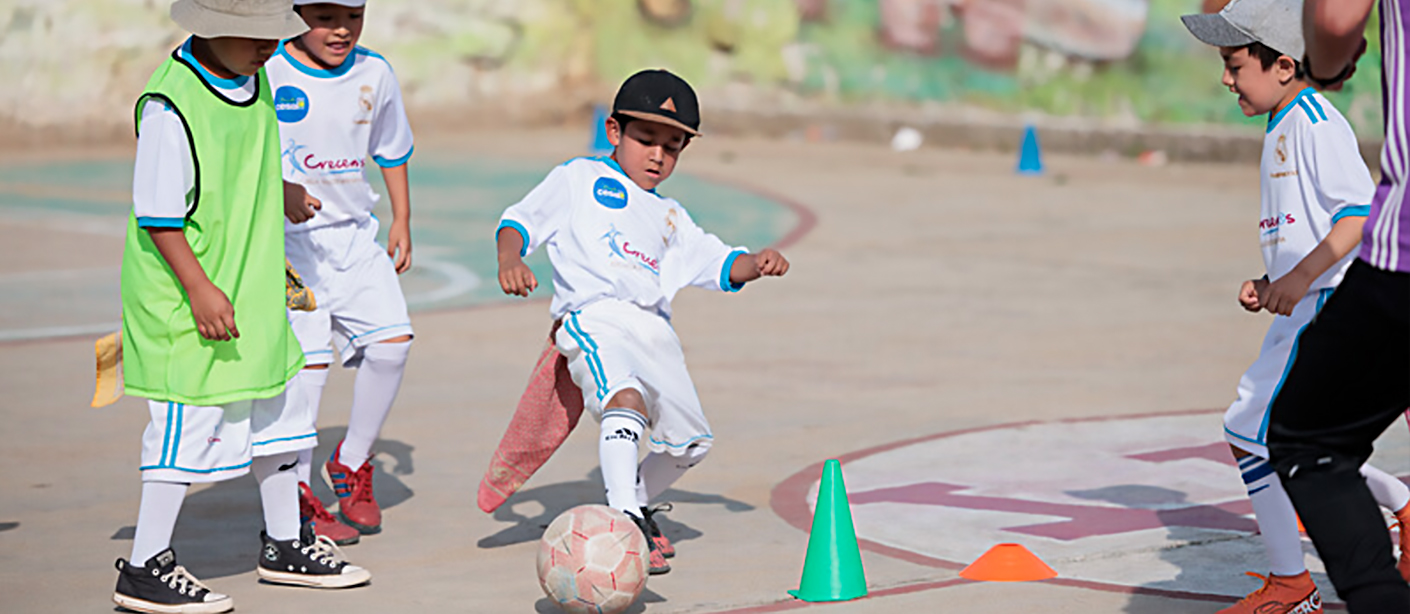Instead, bones grow from the inside out. Each bone is equipped with growth plates — specialized growth centers. The plates' cells, called chondrocytes, produce and distribute cartilage along the length of the bone. That cartilage is then calcified and transformed into hard bone. This process extends through the length of the plate, ultimately making bones longer.
Why Nutrition is Key During Growth Spurts
Growth spurts are fueled by a delicate interplay of hormones, genetics and, you guessed it, nutrition. While some nutrients, such as calcium and phosphorus, form the "building blocks" of bone and tissues, others, such as vitamin D and zinc, play regulatory roles, explains Jennifer Williams, a research scientist at Abbott.
During this time, she says it's important to make sure that your child's intake of calories, protein, vitamins and minerals supports healthy growth. Williams recommends using daily nutrition guidelines to incorporate a variety of healthy foods and nutrients into your child's diet. "Offering new foods from each of the food groups on a regular basis helps ensure that a child receives the nutrients they need for growth," she says.
For parents who have trouble getting their children to eat enough calories and nutrients, supplements such as PediaSure® can help fill nutritional gaps. Talk to your pediatrician if you have concerns.
How to Identify a Growth Spurt
When keeping tabs on kids' growth, there are six things you should look out for:
1. She Is Always Hungry
With the increasing nutrition needs associated with growth, your child will likely experience a surge of hunger before and during growth spurts, which can last an average of 24 to 36 months. Make sure that these additional calories are coming from whole, nutritionally dense foods rather than snacks and sweets.
2. He Recently Started Puberty
Peak height velocity, the period in which a child experiences the fastest growth, largely coincides with puberty, according to a study published in the Journal of Clinical Research in Pediatric Endocrinology. This study found that 95 percent of girls and about 70 percent of boys achieve peak height velocity during puberty. Make sure kids are getting well-balanced nutrition, including plenty of protein, during this time to support rapid growth.
3. All of His Pants Are Suddenly Too Short
Children's legs tend to grow before their torsos do. In fact, leg length and sitting height (aka torso length) can be used to predict the age at which your child will hit peak height velocity, according to the University of Saskatchewan.
4. She Sleeps More Than Usual
A lot of growth happens during sleep because secretions of human growth hormone peak throughout the night. To support healthy growth, the National Sleep Foundation recommends that children ages six through 13 sleep for nine to 11 hours per night. Teens ages 14 through 17 need eight to 10 hours.
5. He Is Suddenly Crashing Into Everything
During growth spurts, rapid changes in height and limb length can cause their center of gravity to shift. You may notice that they're more clumsy and accident-prone than usual.
6. He Is Gaining Weight
It is normal for your child's weight to peak during their growth spurt. But pay attention to weight concerns that may arise during this time, and be sure to provide constant support. This jump in weight can sometimes contribute to future body image issues, according to a review in Adolescent Health, Medicine and Therapeutics.
Remember, they're called growing pains for a reason. But with the right nutrition — and your support — your child will get through this period just fine.




Social Share